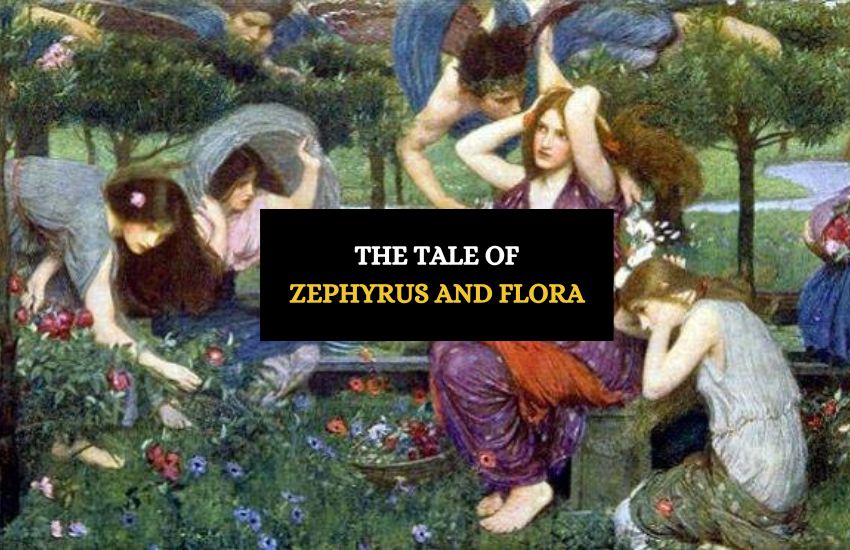
Table of Contents
In ancient Greek mythology, the gods and goddesses were believed to control every aspect of nature and the world around them. Among them was Zephyrus, the gentle god of the west wind, and Flora, the goddess of flowers and spring.
According to the myth, the two fell in love and their story became a symbol of the changing seasons and the arrival of spring. In this article, we’ll delve deeper into the myth of Zephyrus and Flora, exploring the origins of their love story, the symbolism behind their relationship, and how it has influenced art and literature throughout history.
Get ready to be transported to a world of romance, nature, and mythology!
Zephyrus Falls for Flora
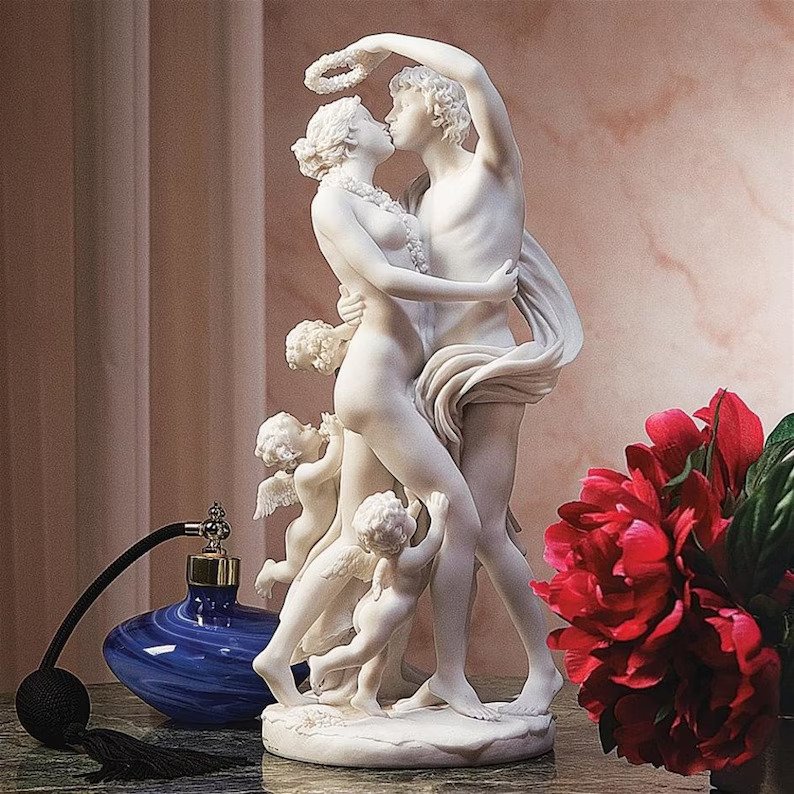
In ancient Greek mythology, Zephyrus was the god of the west wind, known for his gentle, soothing breeze. He was often depicted as a handsome youth with wings on his back and a gentle demeanor.
Flora, on the other hand, was the goddess of flowers and spring, known for her beauty and grace. One day, as Zephyrus was blowing his gentle breeze through the fields, he spotted Flora dancing among the flowers and was immediately captivated by her beauty.
The Secret Courtship
Zephyrus was determined to win the heart of Flora, but he knew he had to be careful. Flora was not easily won over, and he didn’t want to scare her away. So, he began to court her in secret, sending her fragrant breezes that carried the scent of the flowers she loved, and gently blowing her hair and dress as she danced in the fields.
Over time, Flora began to notice Zephyrus’ presence more and more, and she found herself drawn to his gentle, romantic gestures. Zephyrus continued to woo her with his soft breeze and sweet fragrances until finally, she agreed to be his lover.
The Fruits of Their Love
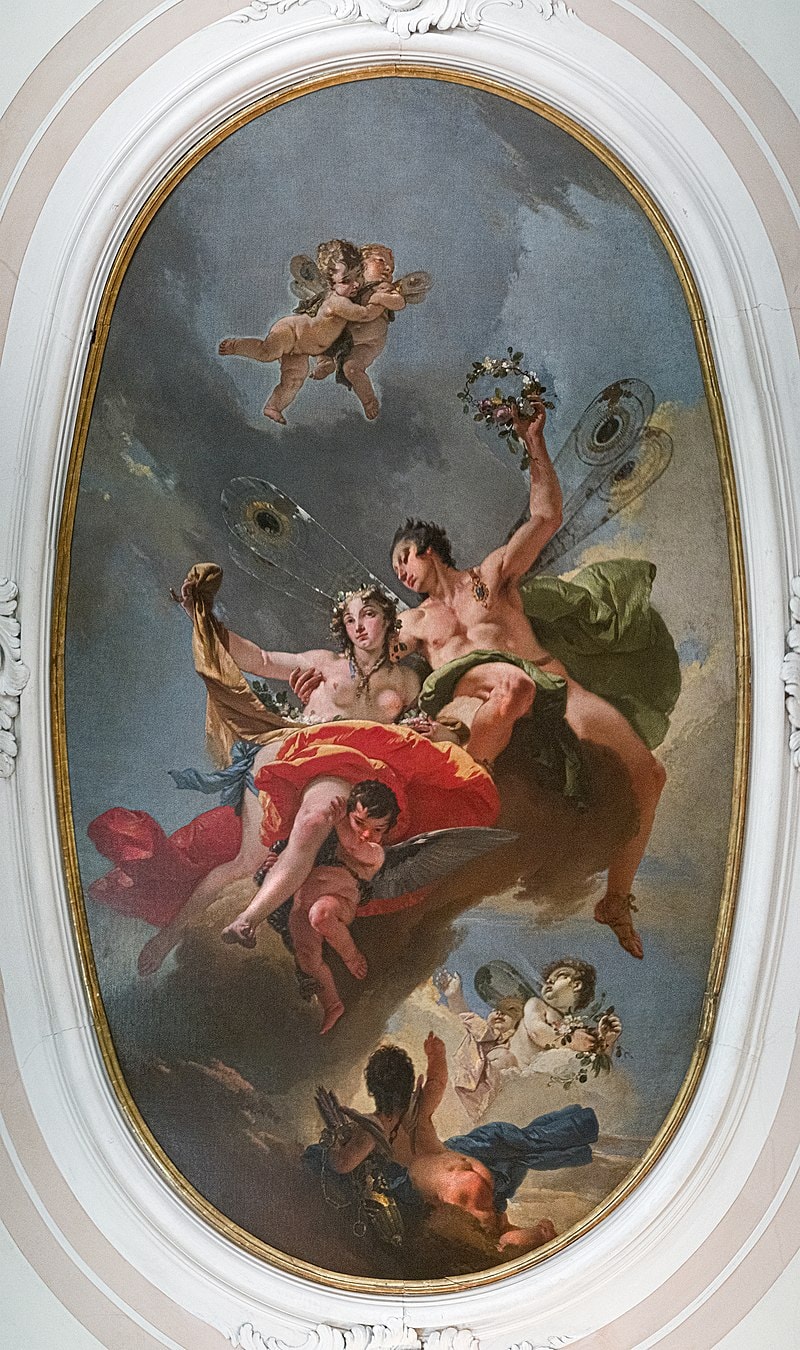
Zephyrus and Flora’s love story had a profound impact on the world around them. As they danced and sang together, the flowers began to bloom more brightly, and the birds sang more sweetly. Zephyrus’ gentle breeze carried the scent of Flora’s flowers to every corner of the world, spreading joy and beauty wherever it went.
As their love grew stronger, Flora and Zephyrus had a child together, a beautiful boy named Carpus, who became the god of fruit. Carpus was a symbol of their love and the bounty it produced, and his fruit was said to be the sweetest and most delicious in all the land.
Alternate Versions of the Myth
There are a few alternate versions of the myth of Zephyrus and Flora, each with its own twists and turns. Let’s take a closer look at a few of them:
1. Flora Rejects Zephyrus
In Ovid’s version of the myth, Zephyrus falls in love with Flora, the goddess of flowers, and asks her to be his bride. Flora rejects his proposal, which makes Zephyrus so upset that he goes on a rampage and destroys all the flowers in the world. To make amends, he creates a new flower, the anemone, which he presents to Flora as a symbol of his love.
2. Flora is Abducted
In Nonnus’ version of the myth, Zephyrus kidnaps Flora and takes her to his palace in Thrace. Flora is unhappy in her new surroundings and longs to be free. Eventually, she manages to escape from Zephyrus and returns to her own domain. The story has a happy ending, as Flora finds a new love, the god of the west wind, Favonius.
3. Flora is a Mortal
William Morris, the famous Victorian poet and artist, wrote his own version of the myth in his epic poem, The Earthly Paradise. In Morris’ version, Zephyrus falls in love with a mortal woman named Flora, rather than the goddess of flowers. He tries to woo her, but Flora is not interested in his advances. Zephyrus becomes despondent and turns to drink to ease his sorrow. In the end, he dies of a broken heart, and Flora is left to mourn his passing.
4. In Other Medieval Versions
In medieval versions of the myth, Zephyrus and Flora are portrayed as husband and wife. They live together in a beautiful garden, which is filled with flowers and birds. Zephyrus is seen as a benevolent figure, who brings the spring winds to help the flowers bloom, while Flora tends to the garden and makes sure that everything is in order.
Moral of the Story
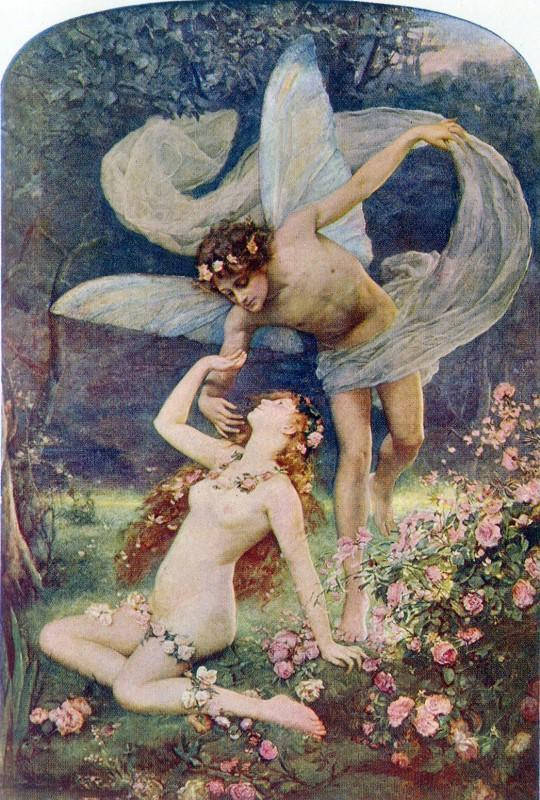
The myth of Zephyrus and Flora may seem like a romantic tale of a god’s infatuation and the beauty of nature, but it also teaches us an important lesson about respecting the boundaries of others.
Zephyrus, the god of the west wind, is a prime example of what not to do when it comes to pursuing someone you’re interested in. His forceful and persistent behavior towards Flora, even after being rejected, highlights the importance of respecting someone’s decision and personal space.
Flora, on the other hand, shows us the power of staying true to oneself and not compromising one’s values for the sake of someone else’s desires. She remains steadfast in her commitment to the flowers she cares for, refusing to abandon them even for the charming Zephyrus.
In essence, the myth of Zephyrus and Flora is a reminder to respect others’ boundaries and remain true to oneself, even in the face of temptation.
The Legacy of the Myth
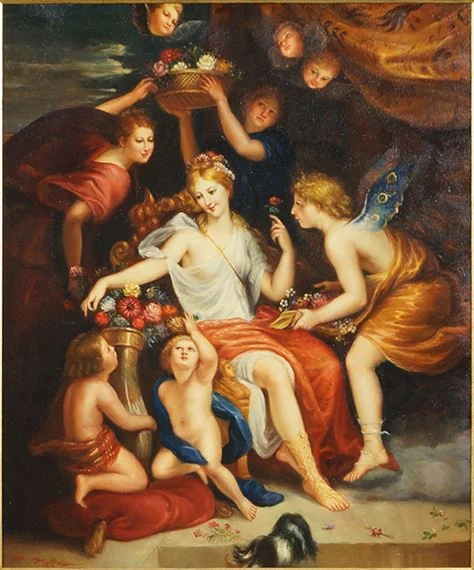
The myth of Zephyrus and Flora has left a lasting impact on culture, inspiring works of art, literature, and even science. Its themes of love, nature, and rejection have resonated with artists and writers for centuries, resulting in countless depictions of the story in paintings, sculptures, poems, and novels.
The myth has also had an influence on science, with the term “zephyr” now commonly used to describe a gentle breeze and the genus of flowering plants known as “Flora” named after the goddess. The story’s enduring legacy is a testament to its timeless themes and enduring characters.
Wrapping Up
The myth of Zephyrus and Flora has stood the test of time, captivating audiences for centuries with its themes of love, nature, and rejection. From inspiring works of art and literature to have an impact on science, the story’s legacy is a testament to its enduring power.
The tale reminds us of the importance of respecting nature, cherishing the ones we love, and learning to move on from rejection. Its timeless message continues to resonate with audiences today, reminding us of the enduring power of myth and the human imagination.








